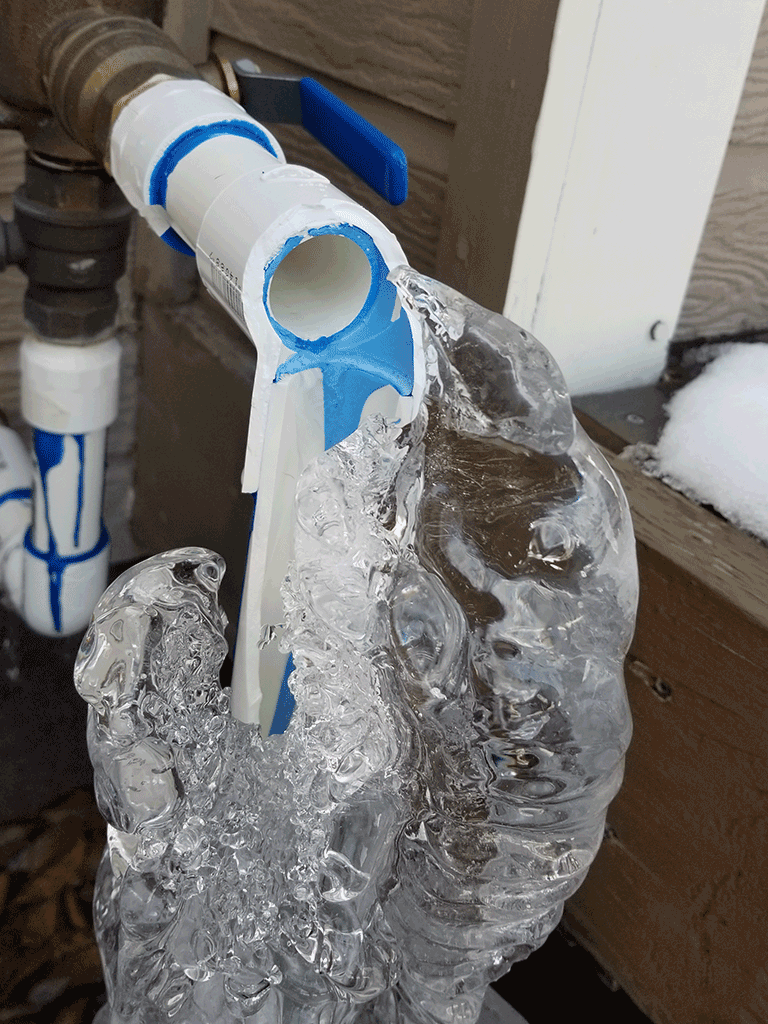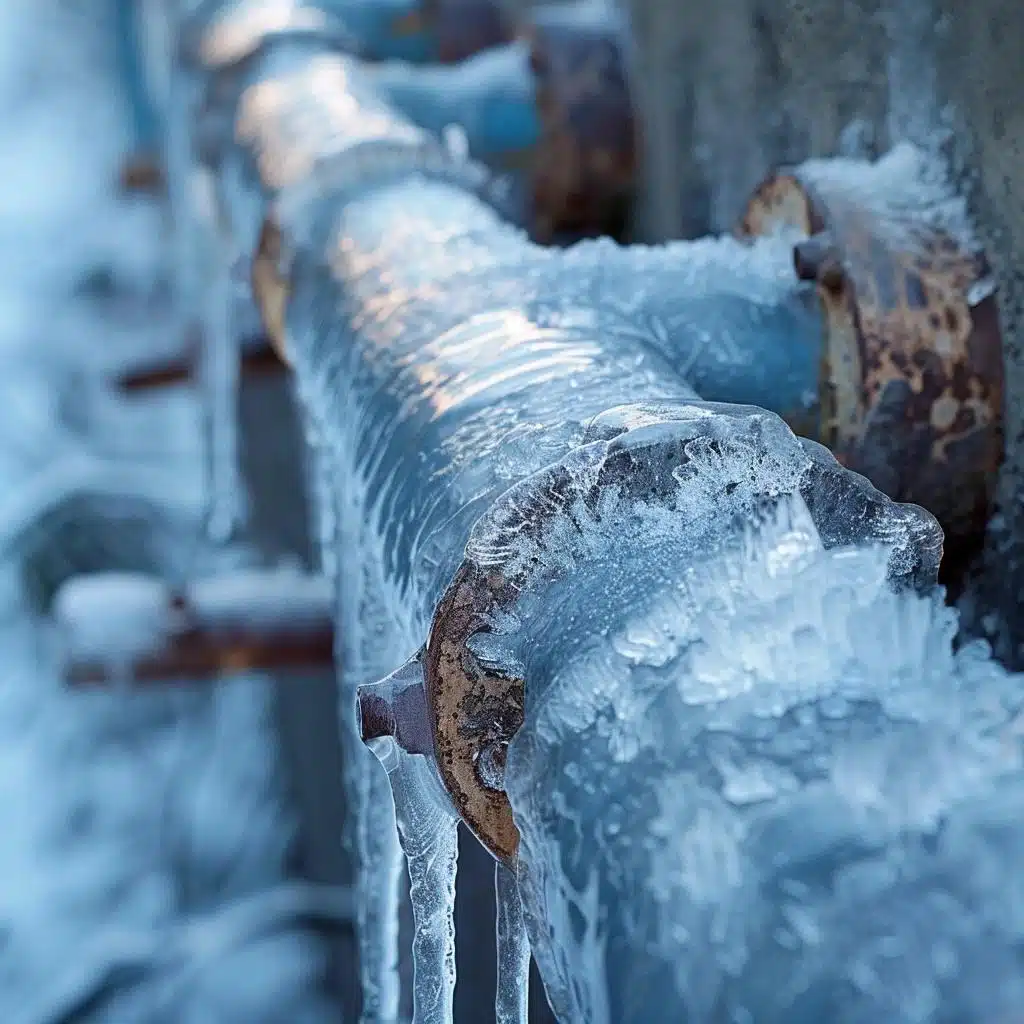Key Approaches for Preventing Frozen Plumbing in Cold Weather
Key Approaches for Preventing Frozen Plumbing in Cold Weather
Blog Article
This article underneath on the subject of Preventing and dealing with frozen pipes is amazingly motivating. Give it a go and make your own personal conclusions.

Cold weather can damage your pipes, especially by freezing pipes. Right here's exactly how to prevent it from taking place and what to do if it does.
Introduction
As temperature levels decline, the threat of frozen pipes boosts, potentially leading to expensive repair work and water damages. Comprehending just how to avoid icy pipes is critical for house owners in cold environments.
Understanding Icy Pipelines
What causes pipes to ice up?
Pipes freeze when revealed to temperatures listed below 32 ° F (0 ° C) for extended periods. As water inside the pipelines freezes, it broadens, taxing the pipe walls and possibly causing them to rupture.
Dangers and damages
Frozen pipelines can bring about supply of water disturbances, residential property damage, and pricey fixings. Ruptured pipes can flood homes and create substantial architectural damage.
Indications of Frozen Piping
Recognizing icy pipes early can avoid them from bursting.
Exactly how to determine frozen pipelines
Seek lowered water circulation from faucets, uncommon odors or noises from pipelines, and noticeable frost on revealed pipes.
Avoidance Tips
Protecting susceptible pipelines
Wrap pipes in insulation sleeves or use warmth tape to protect them from freezing temperature levels. Focus on pipes in unheated or exterior locations of the home.
Home heating strategies
Maintain indoor rooms effectively heated up, especially areas with plumbing. Open up closet doors to allow warm air to distribute around pipelines under sinks.
Protecting Outdoor Plumbing
Garden pipes and outdoor taps
Disconnect and drain yard hoses prior to wintertime. Install frost-proof spigots or cover exterior faucets with insulated caps.
What to Do If Your Pipelines Freeze
Immediate actions to take
If you presume frozen pipes, maintain taps open up to relieve stress as the ice melts. Make use of a hairdryer or towels soaked in warm water to thaw pipelines slowly.
Long-Term Solutions
Architectural adjustments
Think about rerouting pipes far from outside wall surfaces or unheated areas. Add added insulation to attics, cellars, and crawl spaces.
Updating insulation
Purchase top quality insulation for pipelines, attic rooms, and walls. Appropriate insulation aids keep regular temperatures and minimizes the threat of icy pipelines.
Verdict
Avoiding frozen pipes needs positive procedures and fast feedbacks. By recognizing the reasons, signs, and preventive measures, home owners can shield their pipes during cold weather.
5 Ways to Prevent Frozen Pipes
Drain Outdoor Faucets and Disconnect Hoses
First, close the shut-off valve that controls the flow of water in the pipe to your outdoor faucet. Then, head outside to disconnect and drain your hose and open the outdoor faucet to allow the water to completely drain out of the line. Turn off the faucet when done. Finally, head back to the shut-off valve and drain the remaining water inside the pipe into a bucket or container. Additionally, if you have a home irrigation system, you should consider hiring an expert to clear the system of water each year.
Insulate Pipes
One of the best and most cost-effective methods for preventing frozen water pipes is to wrap your pipes with insulation. This is especially important for areas in your home that aren’t exposed to heat, such as an attic. We suggest using foam sleeves, which can typically be found at your local hardware store.
Keep Heat Running at 65
Your pipes are located inside your walls, and the temperature there is much colder than the rest of the house. To prevent your pipes from freezing, The Insurance Information Institute suggests that you keep your home heated to at least 65 degrees, even when traveling. You may want to invest in smart devices that can keep an eye on the temperature in your home while you’re away.
Leave Water Dripping
Moving water — even a small trickle — can prevent ice from forming inside your pipes. When freezing temps are imminent, start a drip of water from all faucets that serve exposed pipes. Leaving a few faucets running will also help relieve pressure inside the pipes and help prevent a rupture if the water inside freezes.
Open Cupboard Doors
Warm your kitchen and bathroom pipes by opening cupboards and vanities. You should also leave your interior doors ajar to help warm air circulate evenly throughout your home.

Do you enjoy reading about Helpful Tips to Prevent Frozen Pipes this Winter? Place a remark down the page. We'd be delighted to hear your thinking about this write-up. Hoping that you visit us again before long. Sharing is good. Helping people is fun. Thanks a lot for your time. Please come visit our blog back soon.
Book Today Report this page